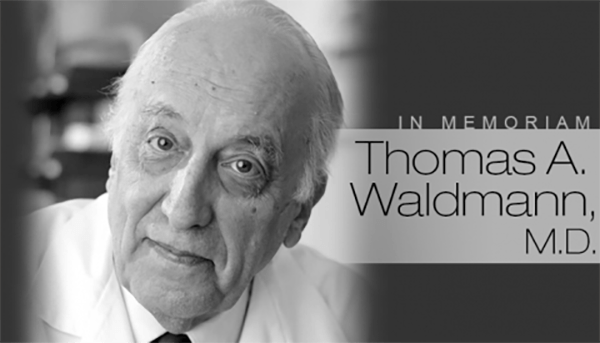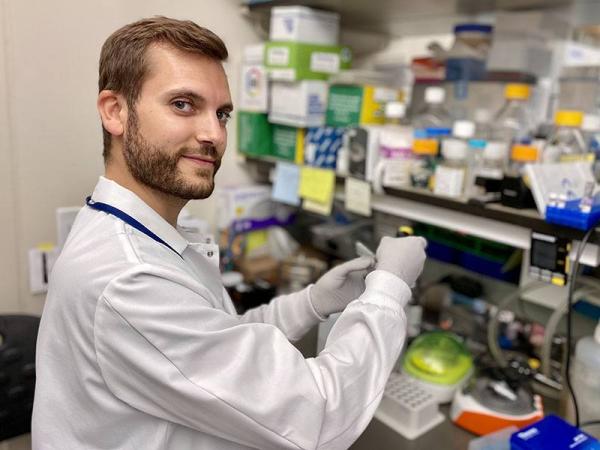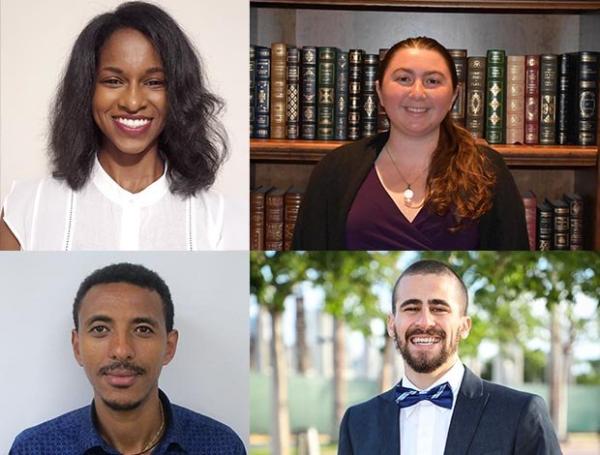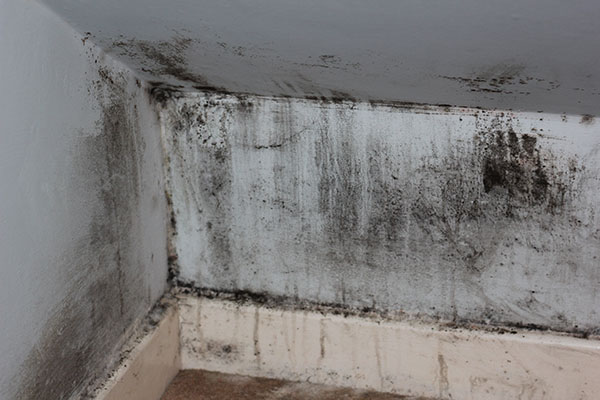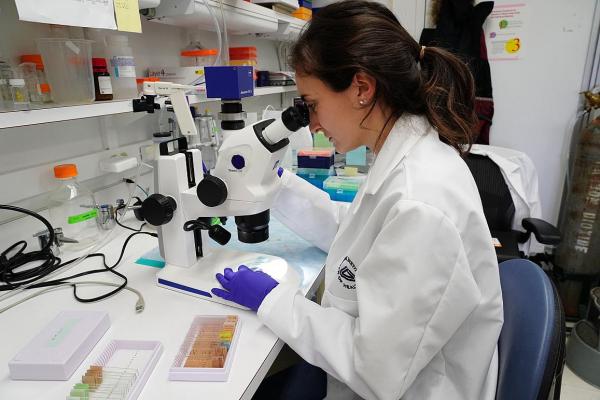NIH Mourns the Passing of Thomas A. Waldmann
The NIH community is profoundly saddened by the recent passing of Thomas A. Waldmann, M.D., Chief Emeritus of the Lymphoid Malignancies Branch and NIH Distinguished Investigator.
Considered a giant in the field, Tom was a renowned immunologist whose more than 60-year career at the National Cancer Institute led to numerous high-impact discoveries that advanced the fields of organ transplantation, autoimmune disease and cancer. He was a leader in the study of cytokines and their receptors and of monoclonal antibodies, now a dominant form of cancer immunotherapy.

